As a homeowner, you already know the struggles that come with renovation work. The floors are at high risk of damage when the re- painting your interior. . Accidental paint spills and drips can cause huge damage to your floor, especially the wooden ones.
While removing paint from a wooden floor without damaging the surface might seem complicated, it is not impossible. Follow the steps discussed in this guide to remove paint from your wooden floor without damaging the surface.
How to prepare for removing paint from wooden floors.
Before starting your paint removal work, here is how you need to prepare to ensure the job goes smoothly and successfully:
1. Clear the area of obstacles, such as furniture.
This will make it easier for you to move around than moving the furniture while working. It will further prevent you from boxing yourself into space or forcing you to slide furniture and other household items before the floor is ready for use. .
2. Ventilate the room.
Working in a well-ventilated room will help the area dry faster, protect your lungs from toxic paint elements, and prevent any danger from happening.
Turn on your fan and open windows and doors before you start removing the paint from the floor.
3. Protect surrounding flooring.
Doing this will prevent damage to other areas that do not have the paint. You can achieve this by masking the surrounding area, using paper, or laying down drop cloths.
Steps for removing paints from wooden floors.
The following are the steps you need to follow to remove spray paints from vinyl or other wooden like surfaces without damaging them:
1. Gather the right tools.
Prior to commencing your task, it is necessary to assemble the requisite equipment for eliminating paint from wooden floors.
These include:
- Protective gear (safety glasses, a mask, and gloves)
- Plastic putty knife.
- Plastic drop cloths.
- Soft bristle brush.
- Cotton ball
- Rubbing alcohol
- Paint removers for wooden floors.
- Warm water
- Mild dish soap.
- Fine-grit sandpaper.
- Wood floor cleaner.
2. Test the paint.
Understanding the specific type of paint you’re working with is crucial in order to determine the most effective approach.
Generally, you’ll be dealing with either water-based or oil-based spray paints, and there is a super straightforward and cheap way to know this if you cannot tell from just looking at it.
Dab a small piece of cotton ball in rubbing alcohol and gently scrub the paint spot on the wooden floor. If the paint softens and starts coming off, then it is water-based. But if it is still dry and hard, it is oil-based. This will inform the type of paint remover to use.
3. How to scrape off paint from a wooden floor.
Using a putty knife or paint scraper, gently scrape off as much paint from the floor as possible, taking care not to touch the wooden surface. If the paint is really tough to remove, you can use a scraper and razor blade to get underneath the paint stain.
Also, you can apply heat to the spot using a heat gun or hair dryer to soften the paint for easy removal.
Note that wood floor surfaces usually have a layer of polyurethane. So while it is okay to scrape the surface, you should not go much deeper into it, or else you’ll need to re-stain the floor, and this could be expensive and tricky.
4. Apply paint stripper or thinner.
If you still have paint on the wooden floor after scrapping, use paint thinner or mineral spirits to get rid of the remaining paint.
Use a wood surface paint thinner and apply it according to the manufacturer’s instructions. Let the stripper stay on the paint spot for the manufacturer’s recommended time, then scrape it off using a scraper. Be keen not to let the thinner drip or pool on the surface to prevent damage.
Although other people advocate for using things like lemon juice, rubbing alcohol, or vinegar, these methods are not ideal for stubborn paint stains that have been around for longer than a few days.
5. Sand the floor.
If you were able to remove the paint without applying excessive force or aggressively scraping the surface, sanding may not be required.
However, for big, knotty paint removal jobs, sanding is highly necessary to restore consistency in the wood grain and color.
Once all the paint is removed, sand the surface using medium-grit sandpaper, following the direction of the wood grain. Change to fine-grit sandpaper to get a smooth finish, and vacuum up dust and debris as you move.
Ensure the floor is clean and dry before getting to the next step. After vacuuming, you can wipe the floor with a damp cloth to make it sparkling clean.
6. Apply a polyurethane finish.
If, by mistake, you sanded away the topcoat of the finish coat on the wood floor surface, you’ll need to apply a new one.
Getting a new polyurethane finish gives the surface a polished and consistent look. Depending on the surface, you can use gloss, matte, or semi-gloss finish. Check through this dedicated post about the best polyuretane for furniture and floors in the market to help you choose the best one for this purpose.
Conclusion
Getting paint from wood floors without damaging the surface is a tricky task, but it doesn’t need a flooring expert. By getting the right tools and following the steps discussed in this guide, you can safely remove paint from your wooden floor without damage.
Remember to get the right tools, test the paint, prep your space, scrape the paint as much as you can, use a paint stripper and thinner if necessary, sand the floor, do a thorough cleaning, and apply a finish.

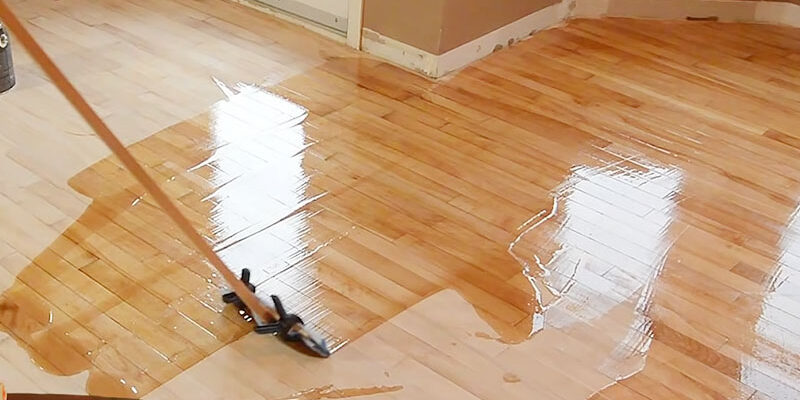
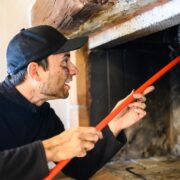
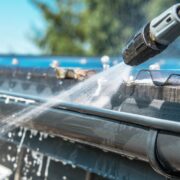
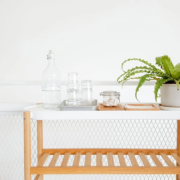


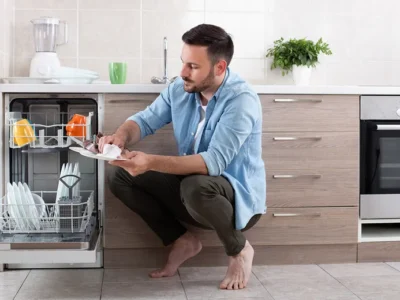
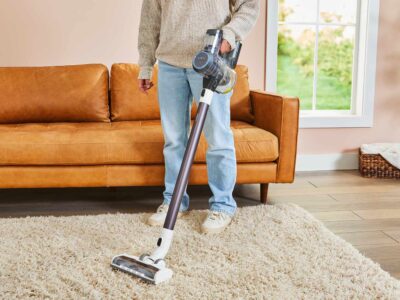
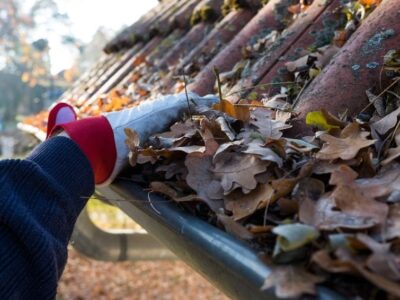


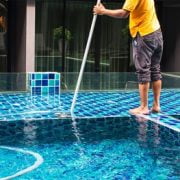

Comments